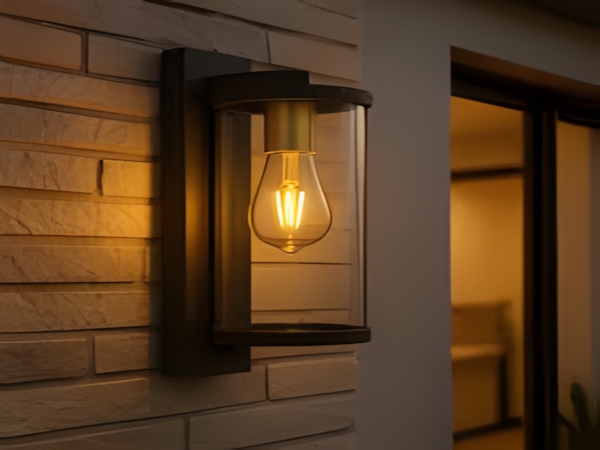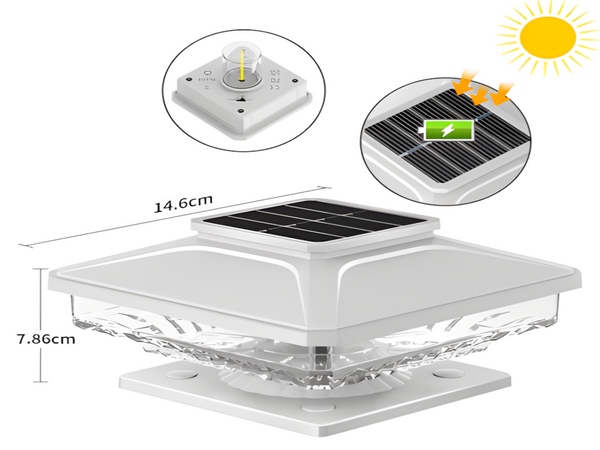

Generally, streetlights are powered by a communication power supply. Even LED streetlights are supplied with power converted into DC through communication and rectification. With power resources becoming increasingly scarce, energy-saving and environmental protection have become priorities. Solar energy is pollution-free and sustainable. Therefore, more and more cities are replacing traditional streetlights with solar streetlights, which not only protect the environment but also reduce financial expenditures, offering multiple benefits.
The composition of solar streetlights includes solar panels, solar controllers, batteries, LED driving modules, LED streetlights, lamp poles, and more. The solar panel’s role is to collect sunlight and convert light energy into electrical energy, which is the core component of solar streetlights. When choosing solar panels, factors such as output voltage, output current, peak power, and conversion efficiency should be considered. The output of solar panels is DC.
The role of the controller is to act as the brain of the system, playing a key role in charge and discharge management. During strong sunlight, the controller turns off the streetlight, simultaneously charging the batteries with the solar panel and storing energy. At night, the controller turns on the LED lights and controls the discharge of the batteries to convert the voltage into an operational voltage suitable for LEDs. The controller includes a light control module, which is typically made up of a light-sensitive circuit comprising photoreceptors.

The function of the battery is to store electrical energy. The battery stores the electrical energy converted from illumination during the day and supplies power to the LED lights under the controller’s operation at night, causing the LEDs to emit light and provide illumination. Ultimately, traditional streetlights are transformed into solar streetlights, utilizing solar panels, solar controllers, batteries, and potentially LED drivers.



